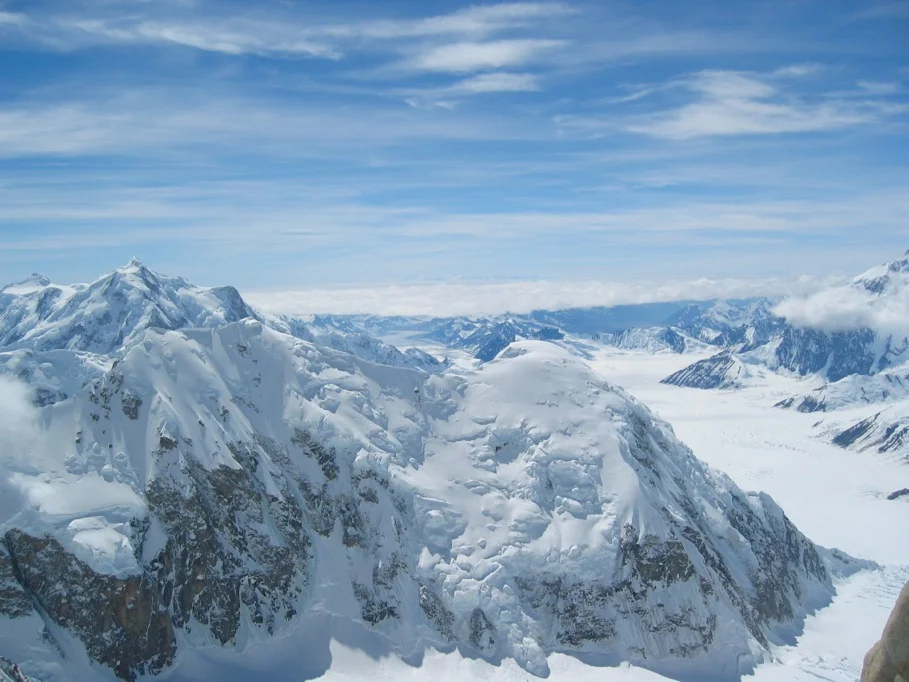The Plight of Children in Nepal
During Wendy’s climbs in Nepal she discovered that many hundreds of Sherpa fathers have been killed while climbing in the Himalaya. The vast majority of deaths are the direct result of expeditions that provide support for foreign climbers.
Due to the traditions of Sherpa culture, the children of deceased Sherpa guides and porters are left destitute with few options for care or schooling. Widows are viewed as outcasts and seldom remarry.
With your help, The Other Side of Everest Fund will pave a way for these families’ successful reintegration into society, and provide the resources and support necessary to raise healthy, educated, empowered children.
By partnering with public schools in inner city areas of the United States, we accomplish dual goals by educating American youth about mountain climbing, Nepalese culture, geography, religion and many additional related topics.
These children who face their own challenges in life are inspired to appreciate opportunities, achieve their dreams, and give back.
By bridging the gap between underprivileged children in two worlds, The Other Side of Everest Fund is improving their odds of success, and helping to develop strong, well-educated and inspired citizens who can positively contribute to their communities as adults.
Who are Sherpa?
Sherpa means “easterner” because for 600 years these people have slowly migrated to Nepal from the Kham in eastern Tibet. During times of great unrest in Tibet, many families left their homes looking for new places to live and settled in the mountain valleys of northern Nepal. The Khumbu is one of these regions and it sits at the base of the highest mountain peaks in the world on the south side of Mt. Everest.
Sherpa villages are some of the highest year-round settlements on earth. In the Khumbu, Sherpa number about 3,500, with another 30,000 Sherpa living in Nepal in the Solu, Langtang, Helmabu, and Rolwaling valleys. The Sherpa language (a dialect of Tibetan), literature, history, and philosophy are derived from old Tibetan religious books and Tibetan culture.
Since the 1950s, tourism has become the dominant source of employment and income in the area. Many Sherpa, as well as people from other ethnic groups, work as part of the climbing and tourism industry. Before 1959, Sherpa farmed and traded with Tibet. Today, most people work in trekking, mountaineering, portering, or performing religious services. While the Sherpa people retain their Buddhist religion and many of their traditional Tibetan practices, this shift in the local economy and way of life has demanded changes and put great stress on the Sherpa culture.
Sherpa hold many impressive Everest records, including the most times summitted for men and women, the quickest ascent, the quickest descent, the most time spent on the summit and the youngest climber to reach the summit.
What happens to the children of a deceased climber?
This is the great tragedy of the mountain climbing boom in the Himalaya. The low social status of Nepali women has been legally sanctioned making women second class citizens and depriving them of economic, property and inheritance rights.
Sherpa culture does not encourage the marrying of widows, thus a mother who has lost her husband has few good options. In the unlikely event that she finds a potential suitor, he will be unwillingly to offer any money to pay for the care and education of another man’s child – so the children from her first marriage will still be her responsibility. If her parents or siblings have the means to support her she can live with them and rely upon whatever meager charity they can offer. The final option (a high likelihood) is life on the streets of Kathmandu as a prostitute.
In every scenario, little money exists to pay for food, housing, clothing, school books and tuition. But, if these basic needs can be met for her children, many other opportunities are possible for the mother, allowing both widow and children to move beyond their current desperate situation and plan for a better life.
By providing for the children of Sherpa who die while climbing, The Other Side of Everest gives women hope for a stable family life and their children the dream of a bright and prosperous future.



